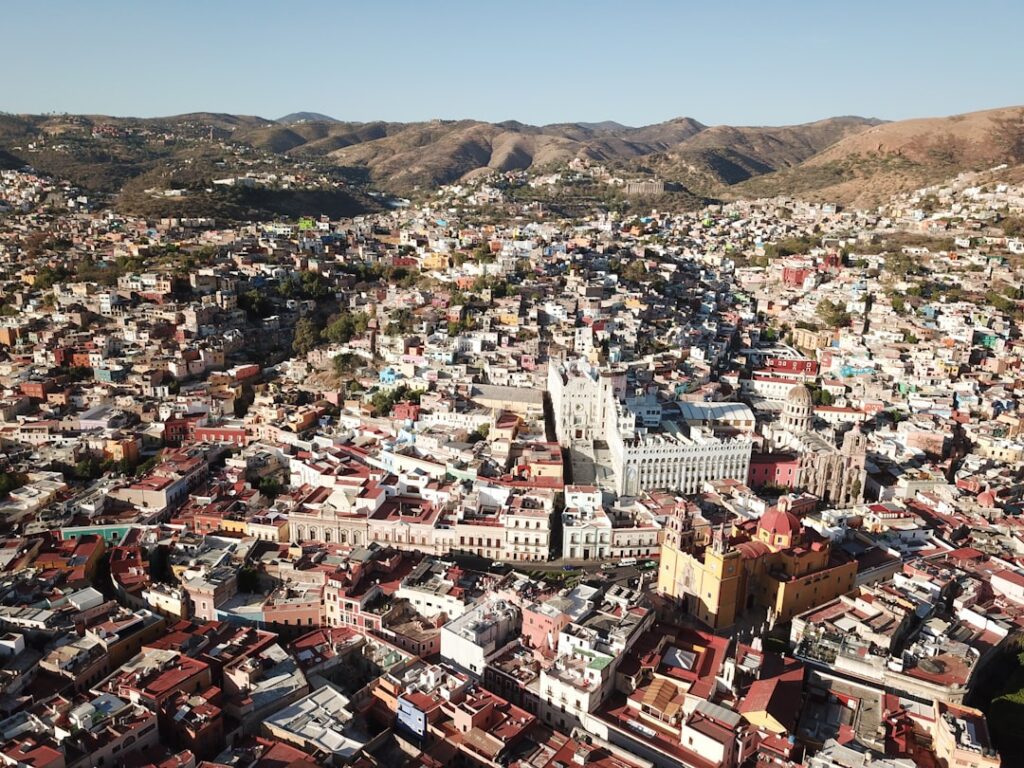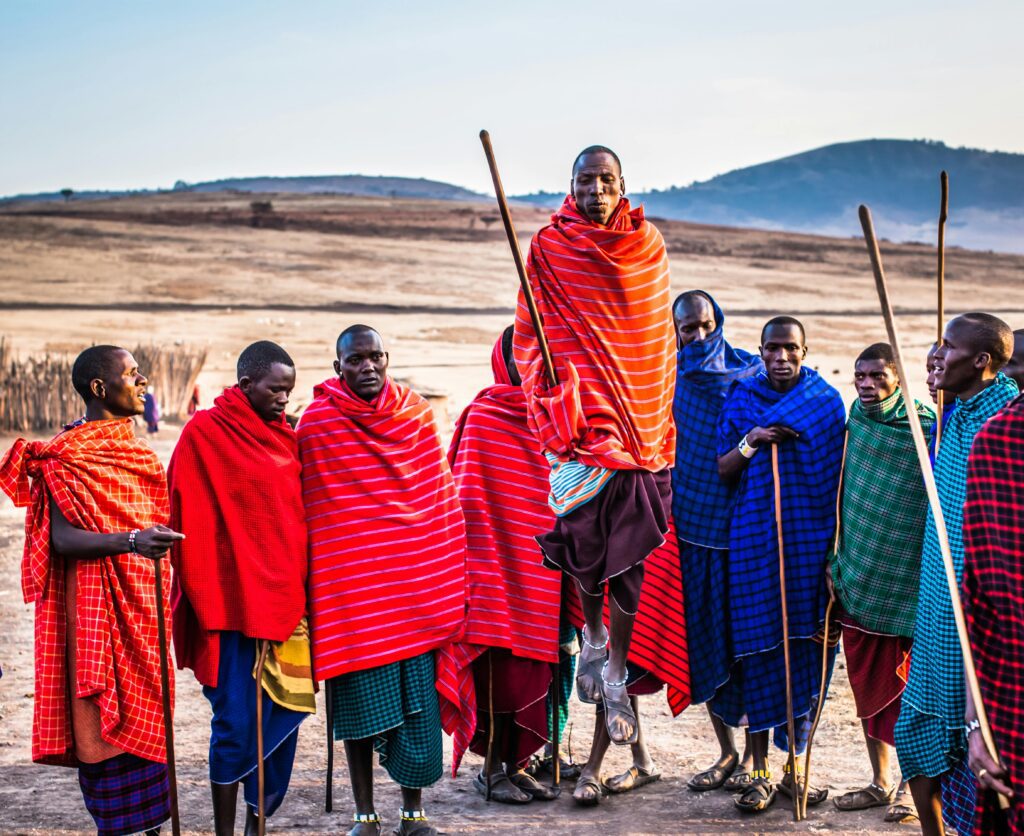The Ultimate Tarabuco, Bolivia Guide: Textiles, Traditions & Sunday Market Magic
Tarabuco, Bolivia isn’t just a destination—it’s a living tapestry woven from ancient threads. The crisp mountain air carries scents of roasting meat and woodsmoke while vibrant ponchos swirl through cobblestone streets to the haunting melodies of charango music. This is where Bolivia’s indigenous Yampara culture continues to thrive unchanged for centuries.
Why Tarabuco, Bolivia Stands Out
Person in gray shirt with backpack walking on street between houses, Tarabuco, Bolivia
- Historic Architecture: The 18th-century San Juan de Tarabuco Church (built 1750) showcases mestizo baroque architecture with indigenous symbols carved into its facade.
- Cultural Scene: The Pujllay Festival every March features spectacular traditional dances commemorating the 1816 Battle of La Tablada against Spanish forces.
- Local Specialties: Try the traditional pampaku, a feast of meat and potatoes cooked underground with hot stones in a clay oven.
Pro Tip: Arrive at the Sunday market by 8 AM to see the textile vendors setting up and avoid the tourist buses that arrive around 10 AM—you’ll get better prices and more authentic interactions with local artisans.
Map of Tarabuco, Bolivia
Use these interactive maps to explore Tarabuco, Bolivia and plan your route:
📍 View Tarabuco, Bolivia on OpenStreetMap
🗺️ Open Tarabuco, Bolivia in Google Maps
Planning Your Trip: Practical Essentials
Getting There and Around
- By Air: Fly into Sucre’s Alcantarí International Airport (SRE) with Boliviana de Avië and Amaszonas airlines, then take a 2-hour shared taxi (Bs 25) or private transfer (Bs 150). Book flights at Skyscanner for best deals.
- By Train: No direct rail service to Tarabuco—closest station is in Sucre with limited services to Potosí and Oruro. Reserve tickets at Trainline or the national railway website.
- By Car: The scenic Route 5 from Sucre takes 1.5 hours through mountain valleys—rent from Localiza at Sucre airport (Bs 250/day). Compare car rentals at RentalCars.com.
- Local Transport: Shared taxis (trufis) run between Sucre and Tarabuco (Bs 15), while local transport within town is walkable or motorcycle taxi (Bs 5-10).
Best Time to Visit
The dry season (May-October) offers ideal market conditions, though the Pujllay Festival in March is the cultural highlight despite potential rain.
| Season | Weather | Highlights |
|---|---|---|
| Dry Season (May–Oct) | 10-22°C, sunny days, cold nights | Perfect market weather, clear mountain views, peak tourist season |
| Wet Season (Nov–Apr) | 12-18°C, frequent afternoon showers | Lush green landscapes, Pujllay Festival (March), fewer crowds |
| Shoulder (Apr/Oct–Nov) | 12-20°C, occasional rain | Good weather with smaller crowds, ideal for photography |
Budgeting for Tarabuco, Bolivia
White and black mountain under blue sky during daytime, Tarabuco, Bolivia
| Category | Budget | Mid-range | Luxury |
|---|---|---|---|
| Accommodation | Bs 80-150 per night (hostal) | Bs 250-400 (boutique hotel) | Bs 500+ (hacienda experience) |
| Meals | Bs 15-25 (market food) | Bs 40-60 (restaurant meals) | Bs 100+ (private dining) |
| Transport | Bs 15 (shared taxi) | Bs 150 (private taxi) | Bs 300+ (private driver) |
| Activities | Free (market browsing) | Bs 50 (textile workshop) | Bs 150 (private guide) |
| Daily Total | Bs 110-190 | Bs 340-660 | Bs 1,050+ |
Top Attractions and Must-See Sights
| Attraction | Description | Hours | Entry Fee |
|---|---|---|---|
| Sunday Market (Mercado Dominical) | Bolivia’s most authentic indigenous market with spectacular textiles and traditional ceremonies | 6 AM – 3 PM Sundays | Free |
| Museo Yampara | Small but excellent museum showcasing Yampara culture with textile displays and archaeological finds | 9 AM – 5 PM Tue-Sun | Bs 10 |
| San Juan de Tarabuco Church | Historic 18th-century church featuring unique mestizo baroque architecture with indigenous motifs | 8 AM – 6 PM daily | Free (donation) |
| Textile Cooperative Workshops | Watch artisans create intricate weavings using traditional techniques passed through generations | 9 AM – 4 PM Mon-Sat | Bs 20 (tour) |
3-Day Itinerary: Tarabuco, Bolivia’s Highlights & Hidden Gems
Day 1: Market Immersion & Textile Traditions
- Morning: Arrive at 7:30 AM for Sunday market setup—watch vendors lay out vibrant textiles while enjoying fresh api morado (purple corn drink) from market stalls (Bs 5).
- Afternoon: Textile bargaining and museum visit—negotiate for authentic phullus (shoulder cloths) then lunch at Restaurant Doña Remedios for pampaku (Bs 60) cooked in traditional underground oven.
- Evening: Sunset photography at Mirador de Tarabuco followed by dinner at Hostal Restaurant San Francisco for llama steak with quinoa (Bs 45).
Day 2: Cultural Workshops & Countryside Exploration
- Morning: Textile workshop at Asociación de Tejedores (Bs 50) – learn about natural dyes and weaving techniques from master artisans.
- Afternoon: Hike to nearby Quebrada de Palca canyon and picnic with local cheeses—purchase supplies from market (Bs 30) including choclo con queso.
- Evening: Traditional music performance at Centro Cultural featuring charango and quena players (Bs 20) followed by dinner at La Casona.
Day 3: Historical Sites & Artisan Villages
- Morning: Shared taxi to nearby Candelaria village (Bs 15) to visit pottery workshops and see pre-Columbian techniques still in use.
- Afternoon: Return for lunch at El Fogón restaurant trying saice (spicy beef stew) then visit private textile collections by appointment (arrange through museum).
- Evening: Final market purchases and farewell dinner at your accommodation featuring traditional thimpu (boiled meat feast).
Cultural Insights & Etiquette
- Language: Spanish is essential—learn key phrases like “waliki” (hello in Quechua), “cuánto cuesta” (how much), and “gracias”—English is rarely spoken.
- Customs: Always ask permission before photographing people—especially women in traditional dress—and offer small payment (Bs 5-10) for portraits.
- Tipping: Not expected but appreciated—round up taxi fares, 5-10% in restaurants only if service charge isn’t included.
- Dress Code: Modest clothing recommended—avoid shorts and sleeveless tops, especially when visiting churches or rural communities.
- Business Hours: Most businesses open 8 AM-6 PM with siesta closure 12-2 PM—Sunday is market day when everything operates differently.
Where to Eat: Tarabuco, Bolivia’s Best Bites
Tarabuco’s cuisine reflects its agricultural roots with hearty mountain dishes centered around potatoes, corn, and llama meat—most restaurants are family-run establishments serving traditional recipes.
Must-Try Local Specialties
- Pampaku: Underground oven feast with meat, potatoes, and corn—best at Restaurant Doña Remedios near the market square
- Saice: Spicy minced beef stew served with rice and potatoes—try the authentic version at El Fogón
- Chicha de Maíz: Fermented corn drink traditionally served in painted gourds—available at market stalls
Restaurant Recommendations by Budget
| Type | Restaurant | Specialty | Price Range |
|---|---|---|---|
| Budget | Market Food Stalls (Plaza Principal) | Salteñas and anticuchos | Bs 5-15 |
| Mid-range | Restaurant Doña Remedios (Calle Bolívar) | Traditional pampaku | Bs 40-70 |
| Fine dining | La Casona (Calle Sucre) | Updated Bolivian classics | Bs 80-120 |
Where to Stay
Accommodation ranges from basic hostals to charming colonial houses—most visitors stay in Sucre and day-trip to Tarabuco, but overnight stays offer more authentic experiences. Compare prices and book at Booking.com or Airbnb for apartments.
Best Neighborhoods for Accommodation
- Central Plaza: Perfect for market access but can be noisy—ideal for photographers wanting early morning shots
- Residential Areas: Quieter streets within walking distance—better for families and longer stays
- Countryside Haciendas: Working farms outside town—offer full cultural immersion but require transportation
Aerial view of town, Tarabuco, Bolivia
FAQs: Your Tarabuco, Bolivia Questions Answered
1. Is Tarabuco, Bolivia safe at night?
Yes, Tarabuco is generally very safe—the small community looks out for visitors. Stick to well-lit areas after dark and avoid walking alone in remote areas. Petty theft is rare but keep valuables secure during market days.
2. What currency is used and are credit cards accepted?
Bolivian Bolivianos (Bs) is the currency—bring plenty of cash as credit cards are rarely accepted outside Sucre. ATMs are unreliable in Tarabuco—exchange money beforehand or withdraw in Sucre.
3. How do I get from the airport to Tarabuco?
From Sucre airport, take a taxi to the main bus terminal (Bs 25), then catch a shared taxi to Tarabuco (Bs 15 per person). Private transfers cost Bs 150-200 directly from the airport. Book airport transfers at GetYourGuide for convenience.
4. Do I need to speak the local language?
Basic Spanish is essential—very few people speak English. Learn key phrases for bargaining and ordering food. Quechua phrases like “allillanchu” (how are you) will earn you smiles from local artisans.
5. What’s the appropriate dress code?
Layered clothing for changing mountain weather—modest attire covering shoulders and knees, comfortable walking shoes for cobblestone streets, and a warm jacket for chilly evenings at 3,300 meters altitude.
Final Thoughts: Tarabuco, Bolivia Awaits
Tarabuco offers one of South America’s most authentic cultural experiences—a place where ancient traditions thrive in weekly markets that have operated for centuries. Beyond the famous textiles, you’ll find warm hospitality, incredible mountain scenery, and culinary traditions unchanged by tourism. Visit with respect for local customs, come prepared with cash and basic Spanish, and you’ll be rewarded with memories of Bolivia’s living indigenous culture at its most vibrant. The Sunday market may be the draw, but the true magic lies in connecting with the Yampara people who maintain their heritage with pride.
Keywords
Tarabuco, Bolivia travel guide, Tarabuco, Bolivia attractions, things to do in Tarabuco, Bolivia, Tarabuco, Bolivia itinerary, Tarabuco, Bolivia restaurants, Tarabuco, Bolivia hotels, visit Tarabuco, Bolivia, Tarabuco, Bolivia tourism, Tarabuco, Bolivia vacation, Tarabuco, Bolivia trip planning






